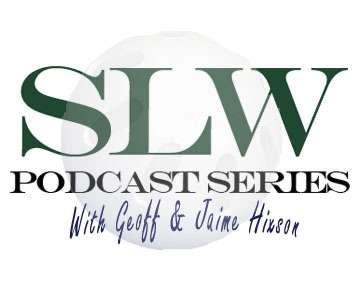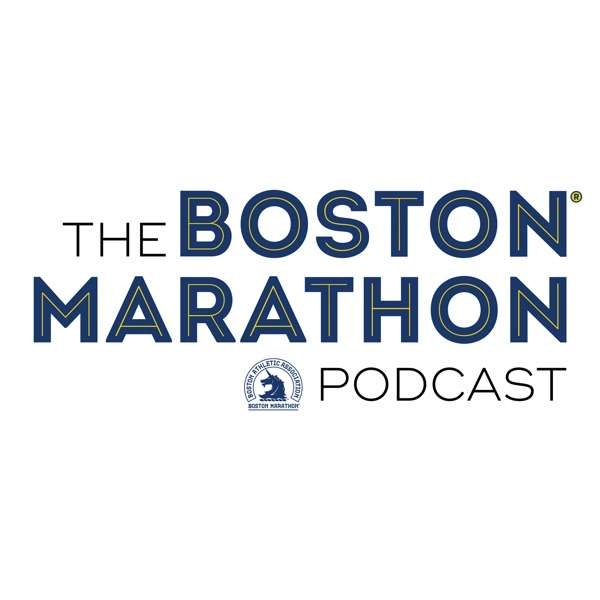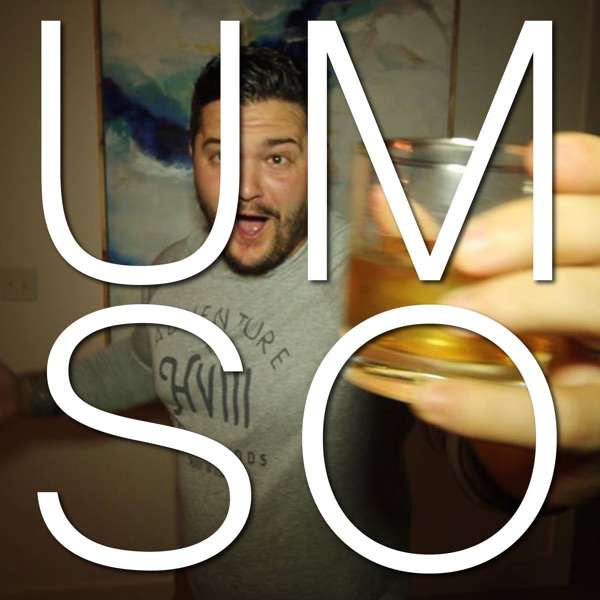In this installment of the GSL podcast, we’re going to take a deep dive into research as it pertains to golf and human behavior. As you know, we’re firm believers in data, backed by science. Our goal is to deliver it to you in a way that helps you better understand the game of golf and play your best.
We’re privileged to be joined by Gal Ziv who has done a lot of work on “gaze behavior and enhanced or diminished expectancies.”
This conversation is being broken down into two parts. In this first part, we’re going to explore enhanced or diminished expectancies. In a nutshell, we’re talking about “do you think you’re doing well in your practice, or do you think that you’re not doing well?”
Our conversation begins with Gal describing an add-on he did to a study done about enhanced or diminished expectations. In this study, Gal wanted to know ‘if participants were given easier criteria for success, would it help them perform and learn better?” With that premise in mind, it was important to make the distinction between performance and learning. “Performance is everything you do right now… Learning is the long-term retention… of what you practice.”
For this study, two circles were placed on a putting green, one smaller and one bigger. The goal for participants was to land the ball in the circle. One group of golfers was used for each circle. As expected, the group of golfers hitting putts to the larger circle had more immediate success. Two days later, the participants went through the same process from the same distance. Then, they repeated the process from slightly farther away. Again, the group hitting putts to the larger circle performed better.
In short, the conclusion was that participants given easier criteria for success both performed and retained better.
I asked Gal if “does this same principle carry out through any task or skill that folks are learning outside of golf?”
Gal says that the results are little mixed, especially based on some similar studies done with darts and billiards. This is likely because “human behavior is a very complex thing… there are so many variables… personal traits, anxiety, reaction time, the difficulty of the task…”
As far as this study is concerned, Gal looked at PGA Tour statistics and found that “even for the best putters, above a certain threshold of distance from the hole, putting statistics dropped.” Gal wonders if this threshold of distance is different based on a golfer’s skill level. He’s also quick to point out that the conditions in the lab for this experiment were done on flat surfaces that might not mirror the realities golfers face having to account for other variables like break.
My next question for Gal was “would you suggest that we carry this concept beyond putting, like an iron shot, or hitting a driver… in a coaching scenario?”
Gal says the simple answer is yes. “There is a great potential for this to help people in golf… It’s going to be up to the coach to stay on top the literature that is added all the time…”
He also acknowledges that people have a limited amount of time to practice. The key is to make the most of that time with the best evidence-based practice.
From a coaching standpoint, Gal emphasizes the role of positive feedback versus negative feedback. This isn’t just from the coach, but also from the perceived feedback the student is getting from their practice.

 Our TOPPODCAST Picks
Our TOPPODCAST Picks  Stay Connected
Stay Connected






